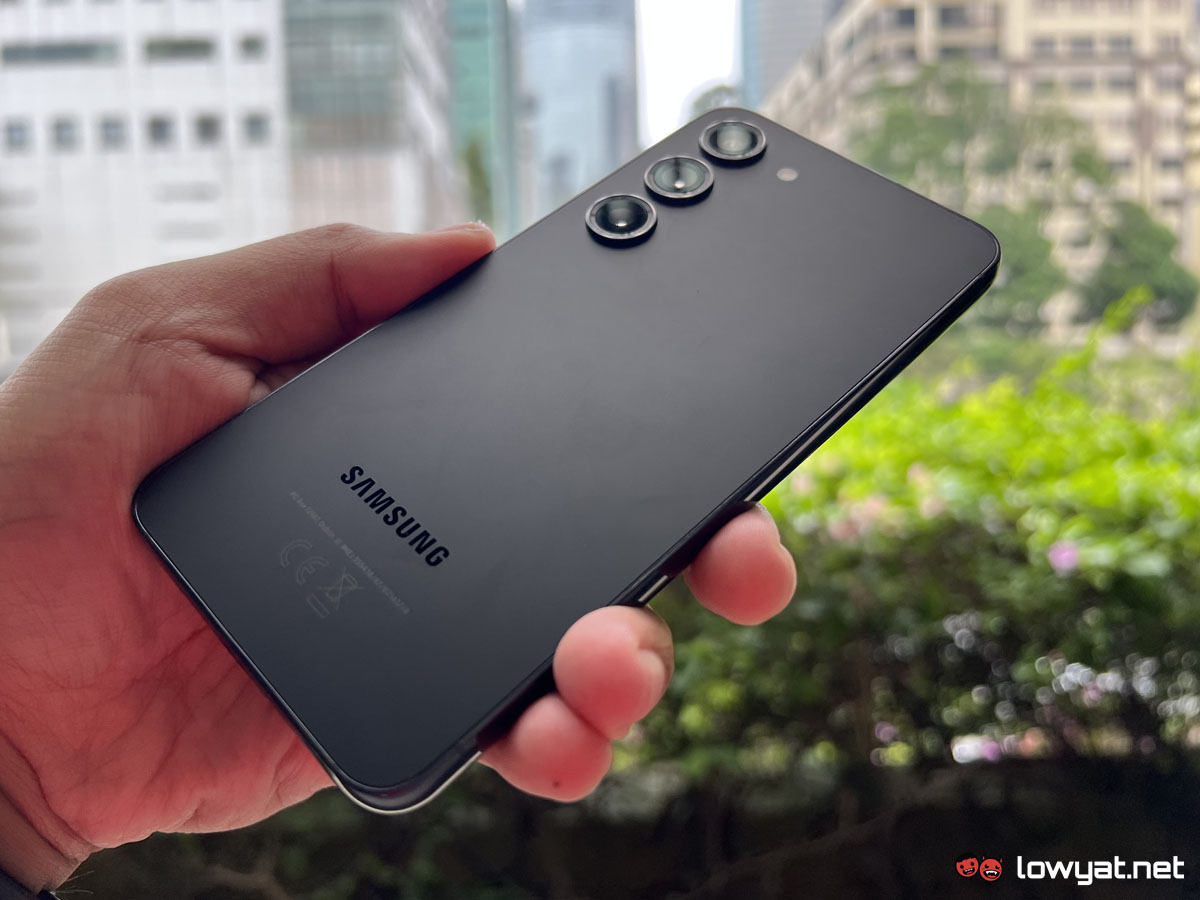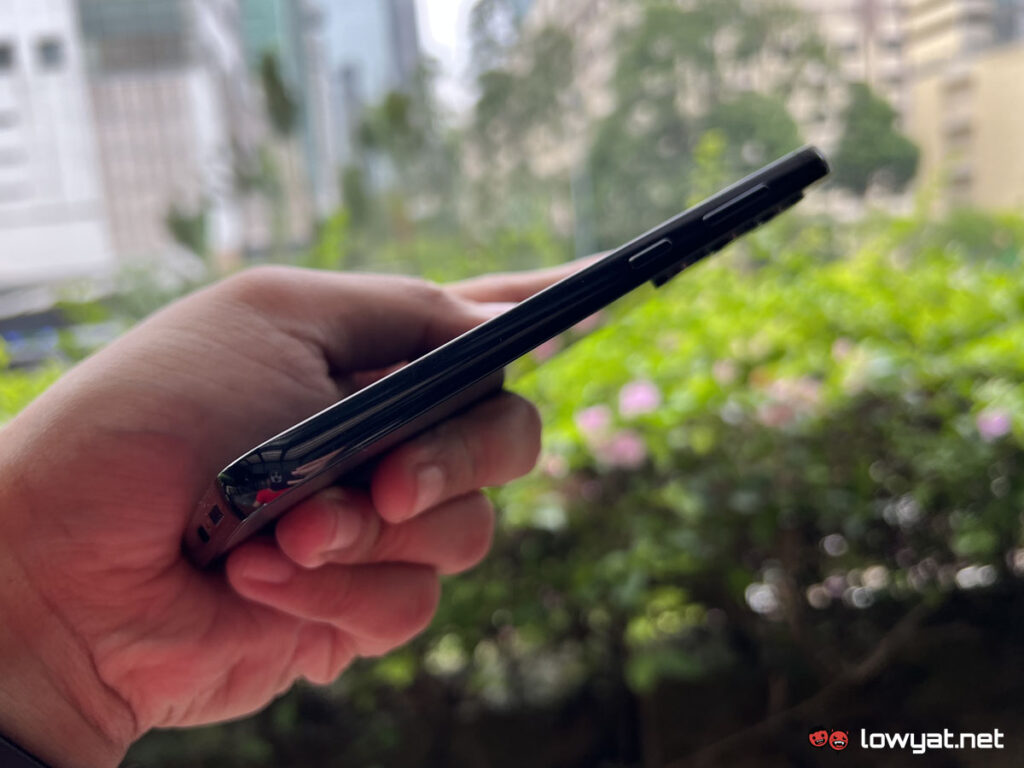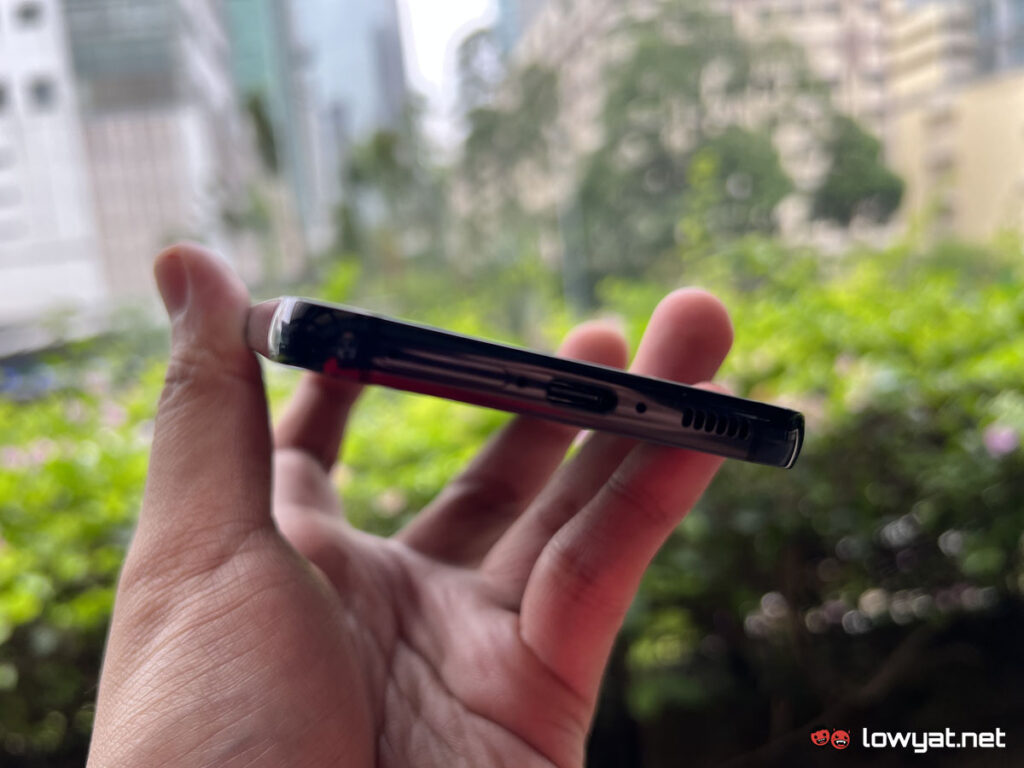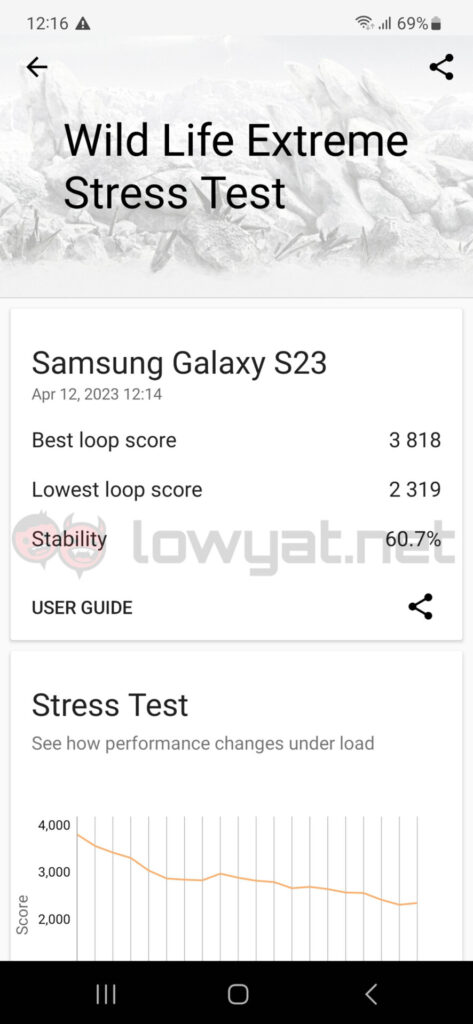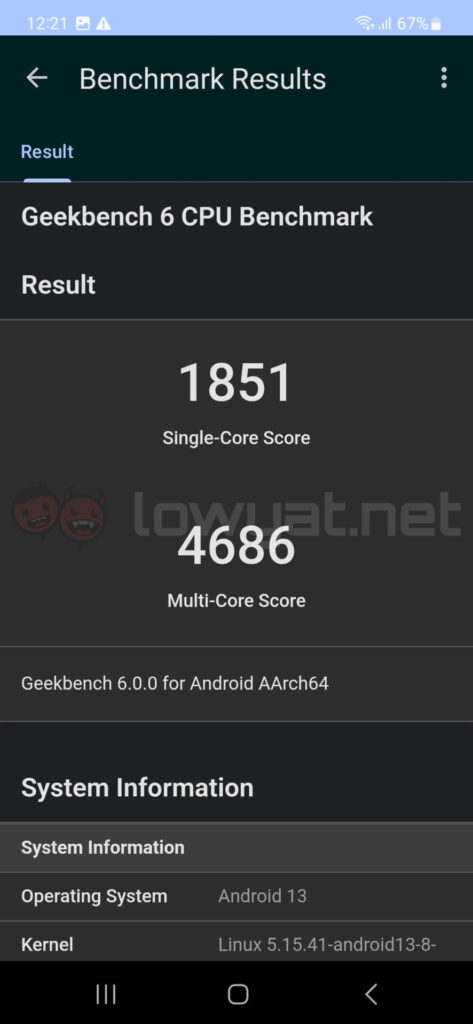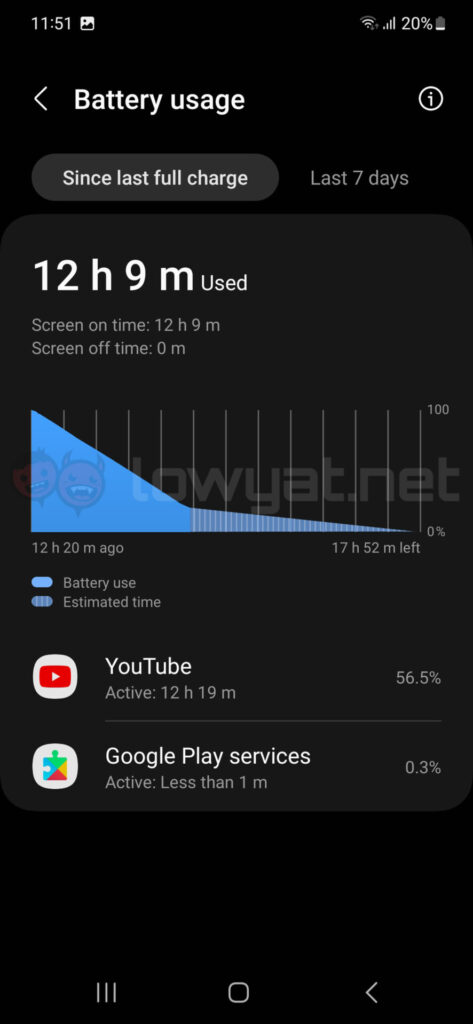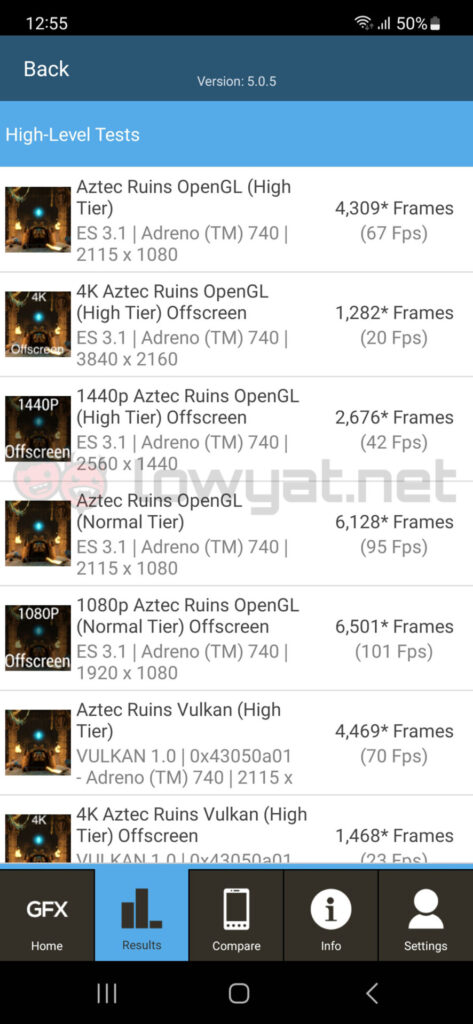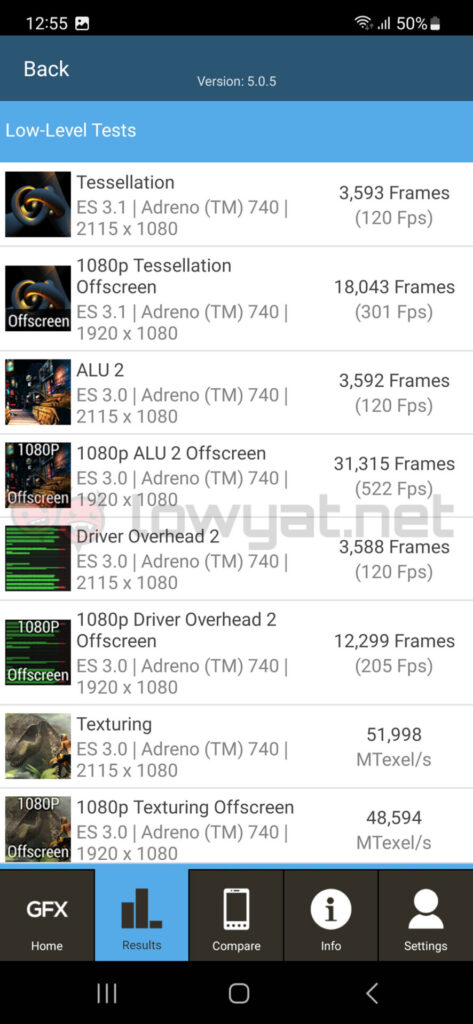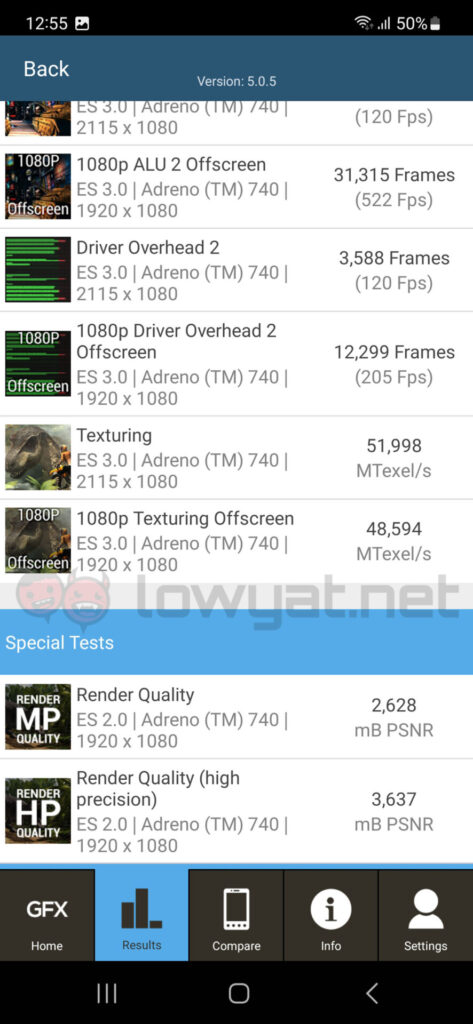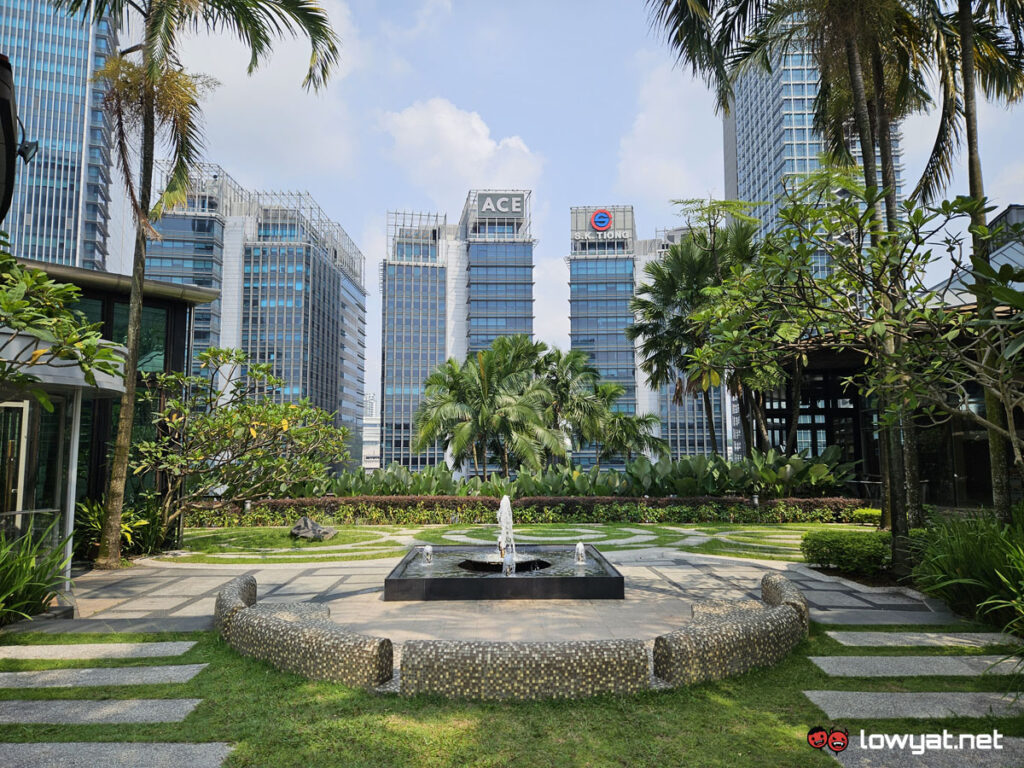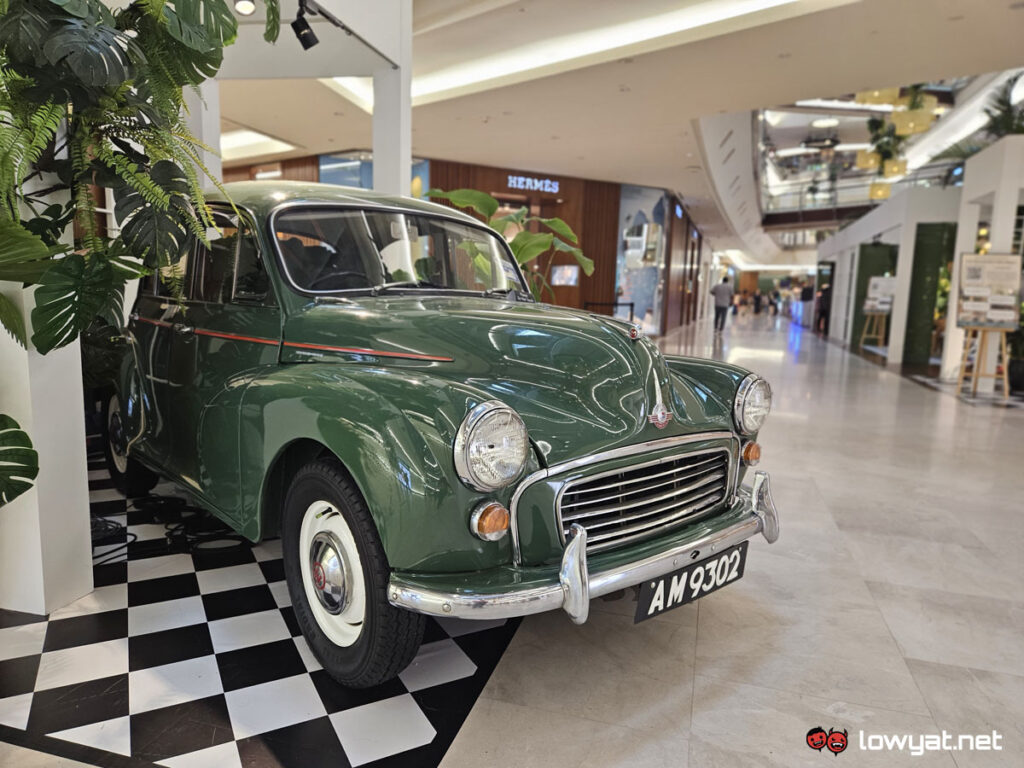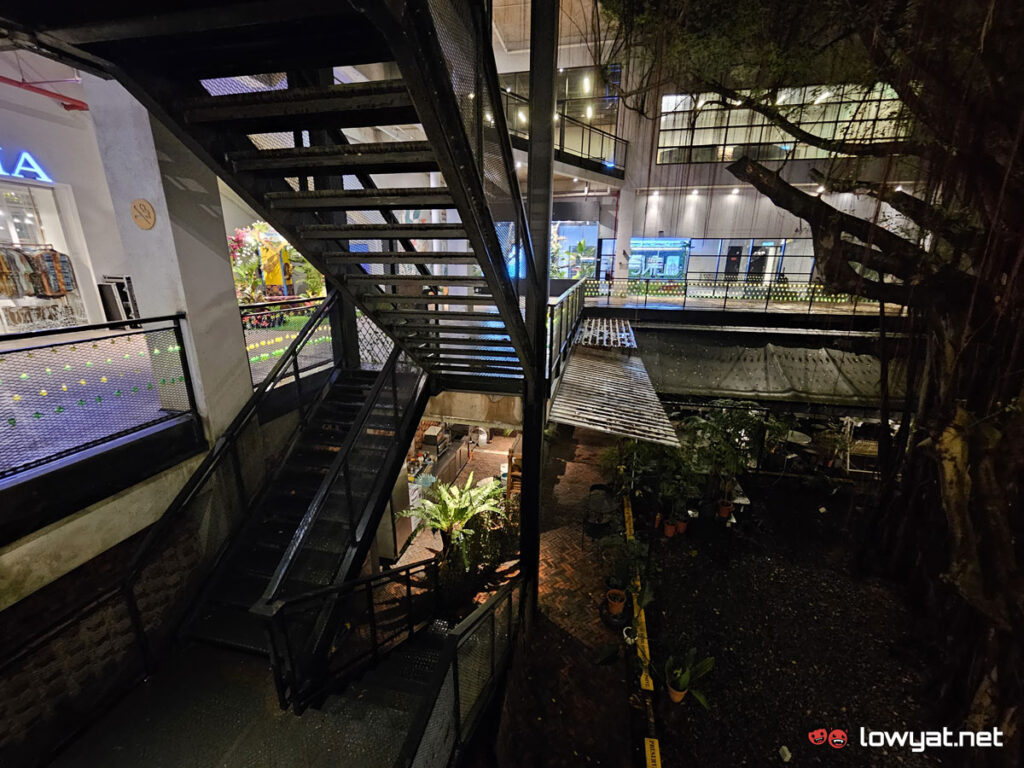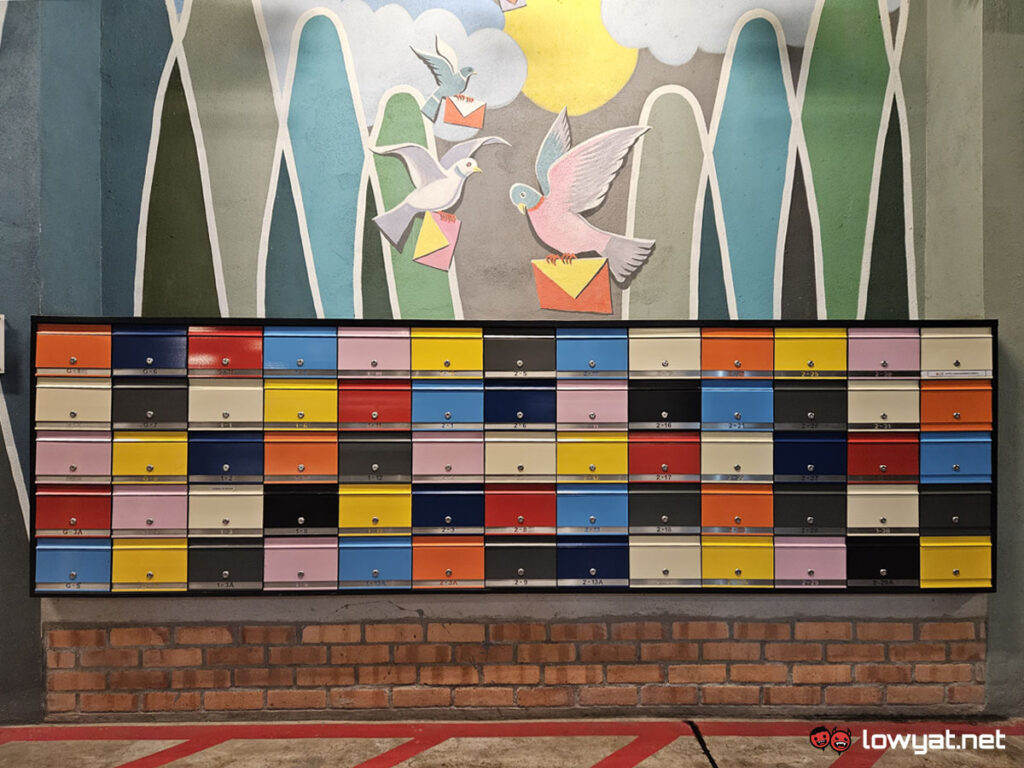I’m sure you’ve been seeing a lot of the Galaxy S23 Ultra everywhere for the past couple of months since Samsung debuted its current generation flagships in February. So much to the point that the series’ starting lineup, namely the vanilla and Plus variants, may have slipped under everyone’s radar.
Now, I know I’ve done a brief hands-on with both of the aforementioned models prior to this, which may seem enough for some. However, I do feel that they also deserve to be fully evaluated, especially given the fact that the two are the likeliest to be considered by most consumers. And let’s be honest, the Ultra variant does pack a very intimidating price tag.
Specifications
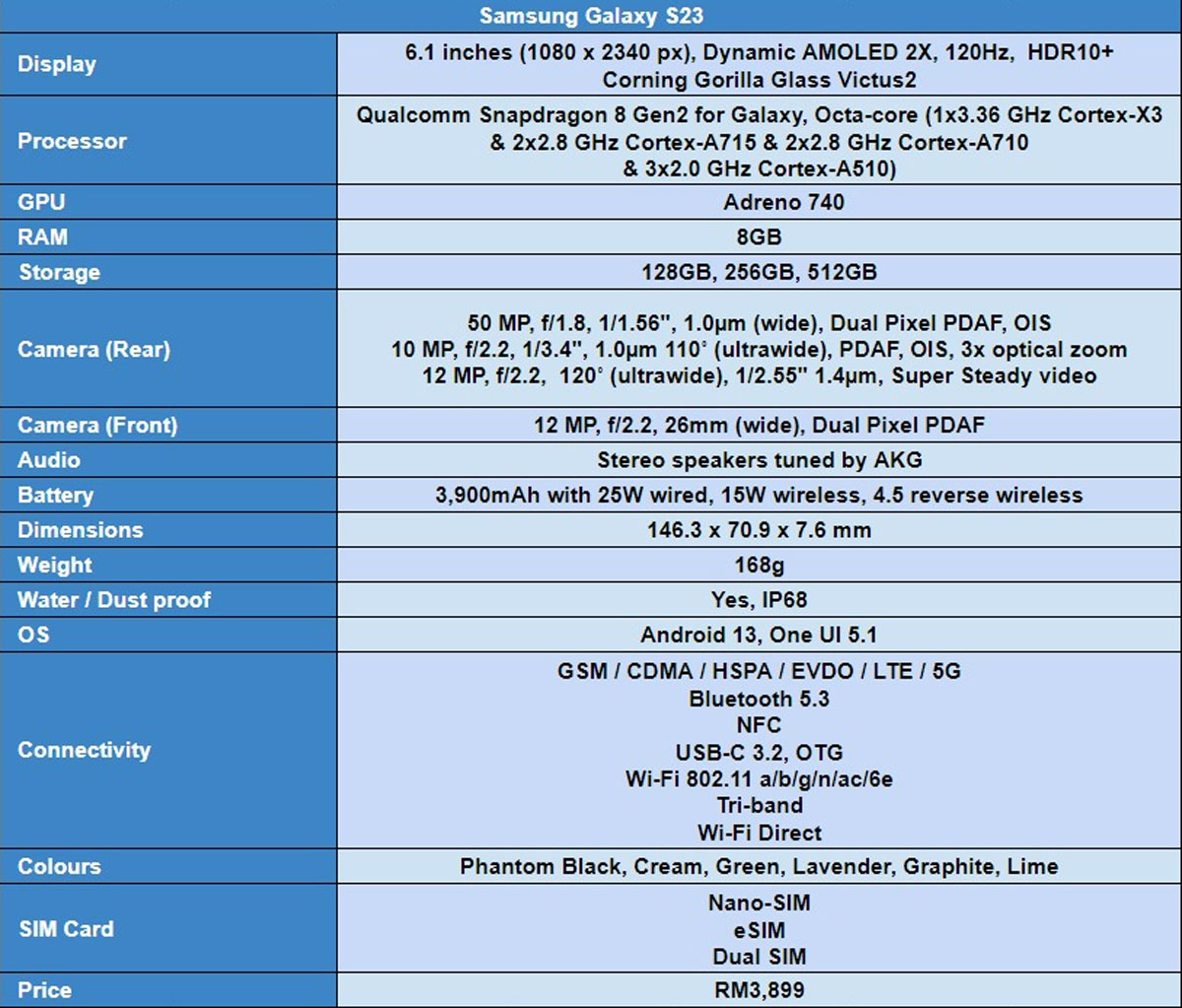
For this review, I’ve specifically requested Samsung to pass us the vanilla variant instead of the Plus, as they’re not really much different from one another in terms of specifications. On that note, the standard Galaxy S23 does pack a smaller 6.1-inch display, less battery capacity and, of course, a lower asking price.
Despite the slight differences, its screen also offers the same Dynamic AMOLED 2X panel as the Plus, along with FHD (1920 x 1080 pixels) resolution, up to 120 Hz adaptive refresh rate, up to 240 Hz touch sampling rate, and features Corning Gorilla Glass Victus 2 protection. Similarly, under its hood is the “for Galaxy” overclocked variant of the Snapdragon 8 Gen 2 chipset, which is paired with 8GB RAM, the choice of either 128GB, 256GB or 512GB internal storage, and a battery capacity of 3,900mAh. In regards to storage, keep in mind that there’s no built-in microSD card slot to support memory expansion, unfortunately.
Again, like the Plus variant, the standard model also features the same imaging systems. More specifically, found on its back is a triple camera setup consisting of a 50MP main, 12MP ultra wide and 10MP telephoto with 3x optical zoom, while in front is a 12MP selfie shooter housed on its display’s punch-hole cutout.
Design
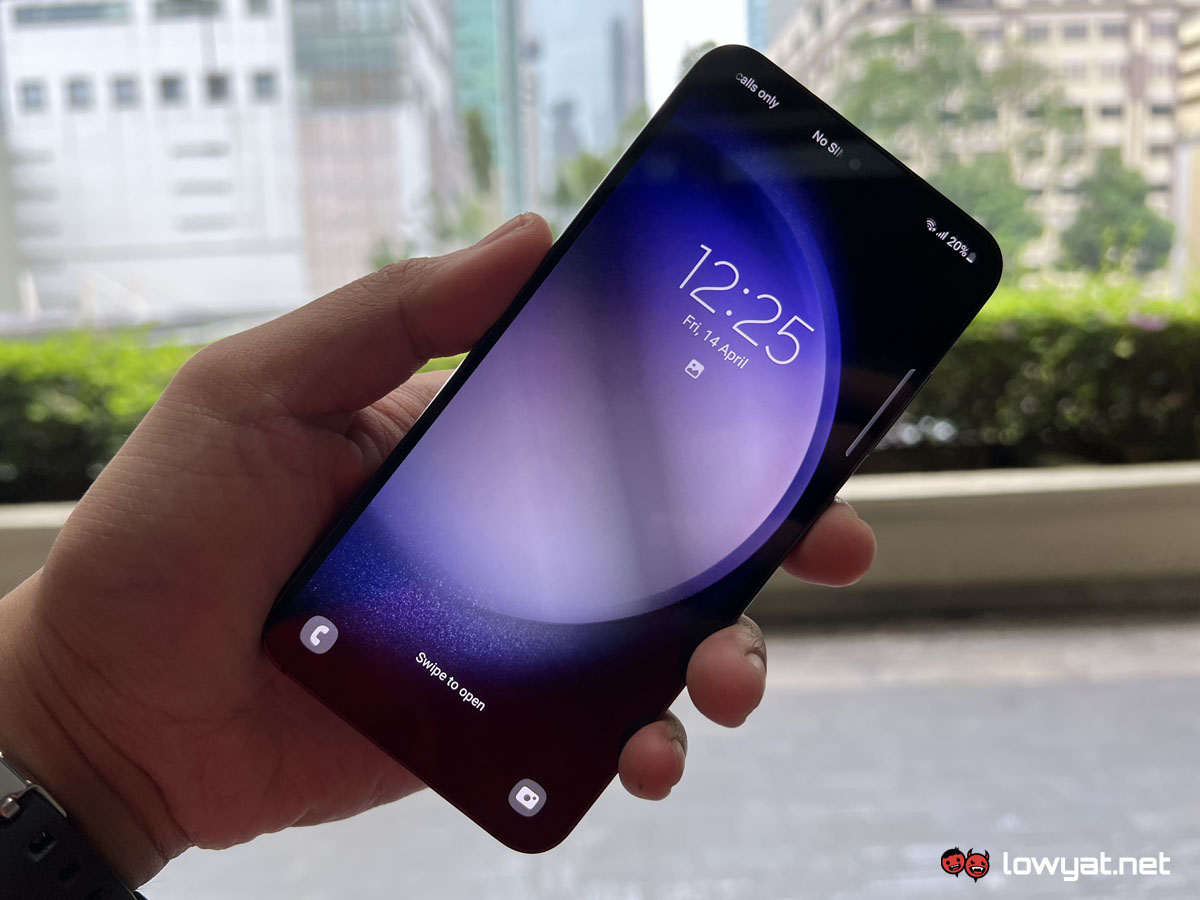
Being a fan of compact smartphones, I absolutely love the size and design of the vanilla Samsung Galaxy S23. It’s lightweight, and the flat edges of its frame as well as its textured rear plate provides plenty of grip for making one-handed operations feel incredibly comfortable.
Gone is the jutted corner from its predecessor, which has been replaced with a cleaner panel and a more simple vertical triple camera arrangement. And that’s not a bad thing at all. For one, this change streamlines all three Galaxy S23 models to exhibit a consistent design language, which was something that last year’s trio lacked. Secondly, a minimalist look – in my opinion – is more fittingly on-brand for Samsung, especially when you look back to its past devices such as the older S and Note lineups.
However, this simplified design does come with a huge drawback. You see, Samsung has a tendency of streamlining its new design language across all of its smartphone releases within the same year. While uniformity works well for brand identity, it could also potentially devalue a product if everything offered, regardless of class, looks the same.
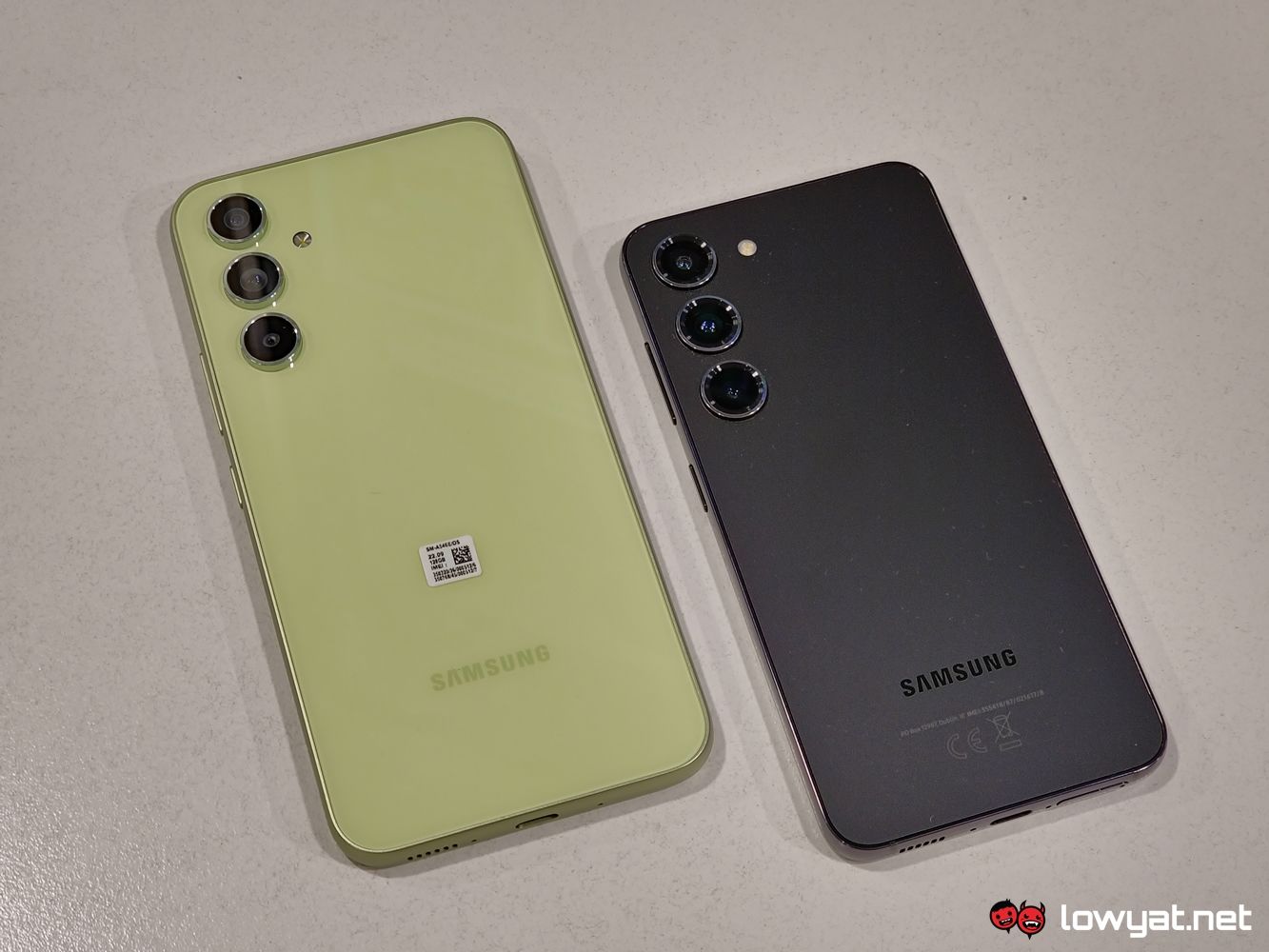
User Experience
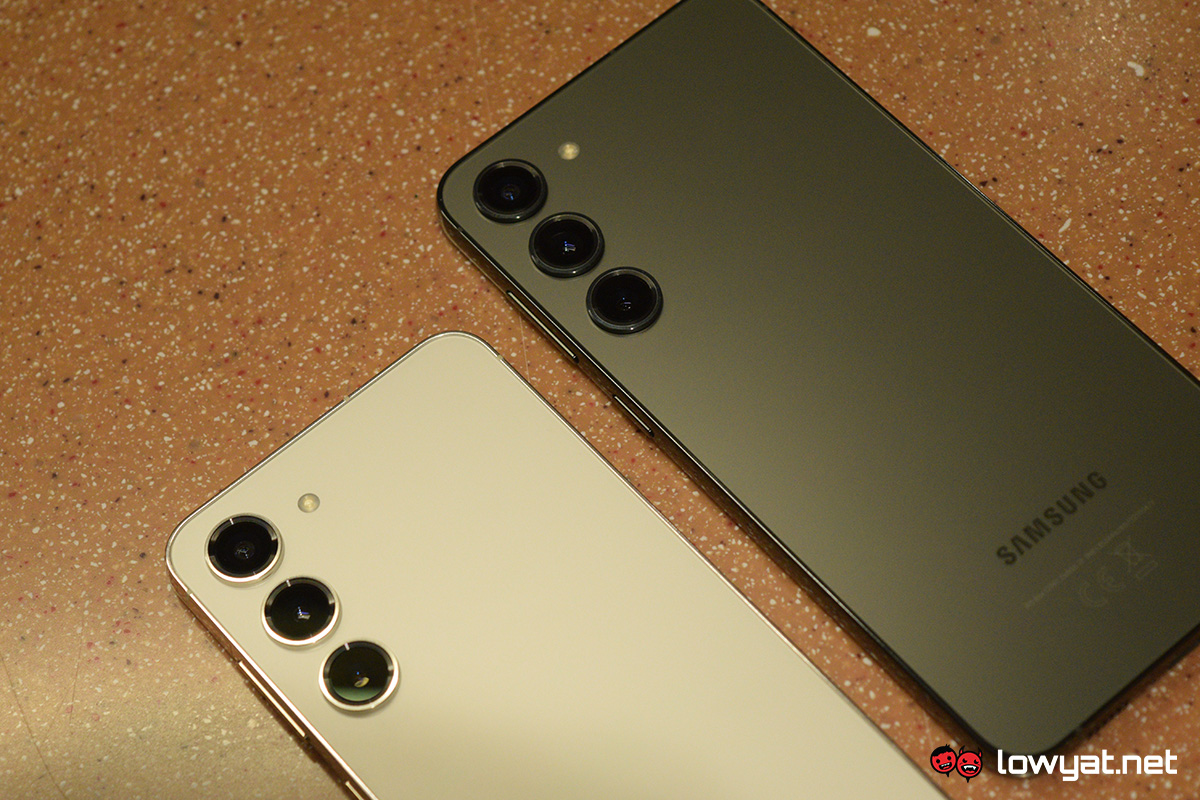
Even though the Samsung Galaxy S23 isn’t the prettiest tool in the shed, rest assured that it is definitely one of the sharpest available. But before I touch on its performance, let’s start this segment by talking about the phone’s display.
As I detailed earlier, the Galaxy S23 uses the same Dynamic AMOLED 2X screen as its siblings, so you can expect no less from this department. Granted, its small size isn’t for everyone, especially for those who prefer something larger for watching videos, browsing the web, or gaming. On the flip side, this won’t be a problem if you’re a fan of compact phones, as the display is more than capable of producing crisp visuals and silky smooth motion regardless of activity.
On the software front, like the other variants under the series, the vanilla model also features Samsung’s latest One UI 5 interface. I personally feel that it is considerably one of the best custom Android skins around, featuring an intuitive interface and plenty of personalisation options which can be taken a step further by downloading Samsung’s excellent Good Lock customisation tool.
Next up is the Galaxy S23’s performance, which I’m happy to report is as impressive as its siblings. Hands down, the “For Galaxy” custom tuned Snapdragon 8 Gen 2 for Galaxy chipset is the most powerful version of Qualcomm’s current generation chip in the market so far, at least until the manufacturer unveils the Plus or Gen 3 iterations in the coming months. With it, the phone enables for silky smooth app switching, fast loading times and, of course, top-notch gaming capabilities for demanding titles such as Genshin Impact and so on.
The phone’s heat management, on the other hand, is actually pretty decent with the newly included vapour chamber cooling system on the series. Charging barely raises the temperature, though it does noticeably climb during gaming. But rest assured, the latter rarely causes heat levels reaching concerning levels.
As for battery performance, here’s where the mileage may vary. When used regularly, the vanilla Galaxy S23 will give you ample usage time that could last over a day on a single charge- even more if you’re a savvy user. In fact, having it undergo our usual continuous video streaming test saw the phone running for more than 12 hours straight with around 20% of charge remaining, which technically could let it go on for a couple of hours more.
However, running hardware demanding tasks such as high resolution video recording and gaming will drain the battery substantially. In other words, make sure a power source is available if you’re planning to use the phone for the rest of the day.
And speaking of charging, a full top-up will take over an hour with the Galaxy S23’s 25W support via a compatible charger. It’s not blazing fast like some of its competitors or even its own siblings, but it’s good enough. Oh, in case you need reminding, Samsung does not include any chargers along with its current-gen smartphones.
Camera
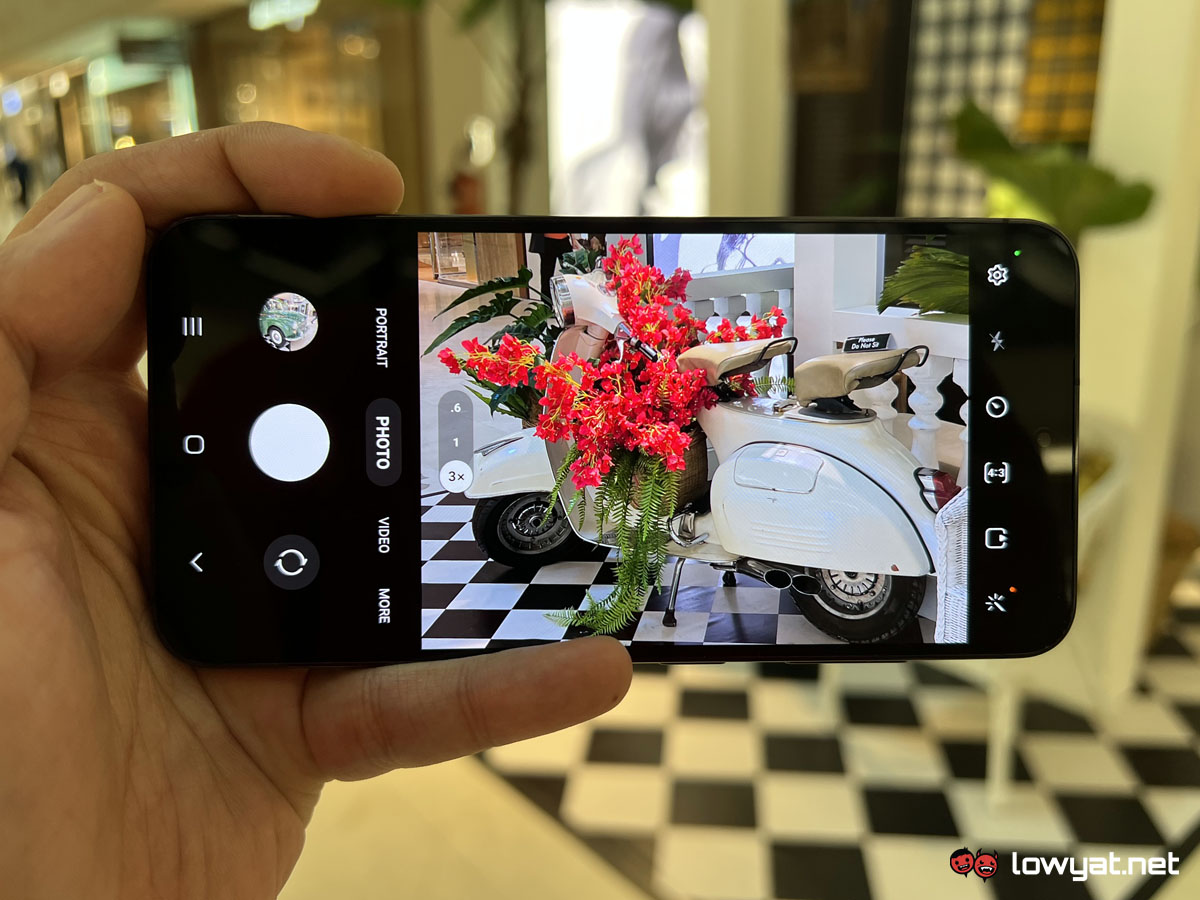
Rather than a “if it ain’t broken, don’t fix it” scenario, Samsung went on and did some tweaks to both the vanilla and Plus models’ imaging systems, which are the same setup as their predecessors. Chief of which is the better low-light capabilities for all onboard sensors, followed by improvements on the algorithms, AI capabilities and the camera app itself.
Upgrades aside, the Galaxy S23’s 50 MP primary, 10 MP telephoto and 12 MP ultra-wide performs more or less the same as last year’s model. But as mentioned above, nighttime and in-door shots now look better thanks to the preserved details and less glare from nearby lights.
Despite these improvements, there’s still one flaw that still bothers me, which is the colour inconsistency when switching over to the telephoto mode. Unlike the primary and ultra-wide, photos shot using the zoomed lens appear to look more muted and dull, especially in low-light conditions. Fortunately, things look a lot better under daytime or better lighting.
As for video recording performance, I can safely say that the vanilla Galaxy S23 excels in this department exceptionally well. Even though it does come with commendable optical and digital stabilisation, I would still recommend pairing the phone together with a gimbal to make the most out of its 8K, 4K or 1080p recording capabilities for regular or vlogging use. And be sure to have a power bank available, just in case.
More sample shots taken with the Samsung Galaxy S23
Competition
While the Ultra variant has a leading edge on currently being the only flagship with Samsung’s new 200 MP sensor, the exclusive Snapdragon 8 Gen 2 for Galaxy chip further secures the upper ranks for all three models in terms of performance. Nevertheless, there are still other flagship smartphones by other brands in the market right now that have their own exclusive perks to compete with the Galaxy S23 series.
The following two that can be considered as the direct rivals to the vanilla Samsung Galaxy S23, especially in terms of size and all-around performance:
iPhone 14
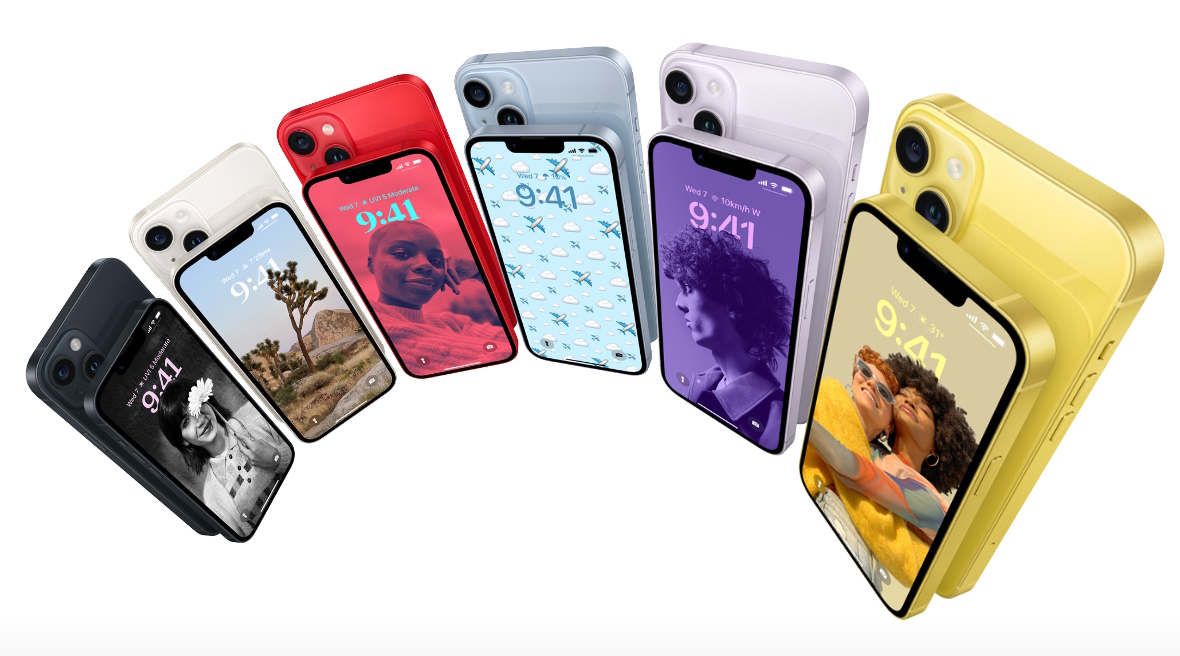
Imaging-wise, the iPhone 14 sports a 12MP primary camera that’s paired together with an unspecified ultra-wide shooter. Meanwhile, situated within the display’s Dynamic Island is another 12MP sensor for its front-facing camera.
In Malaysia, Apple’s base model for its current generation smartphone is priced from RM 4,199 for the 128GB trim. For larger storage capacities, the 256GB and 512GB configurations are priced at RM 4,699 and RM 5,699 respectively.
Xiaomi 13
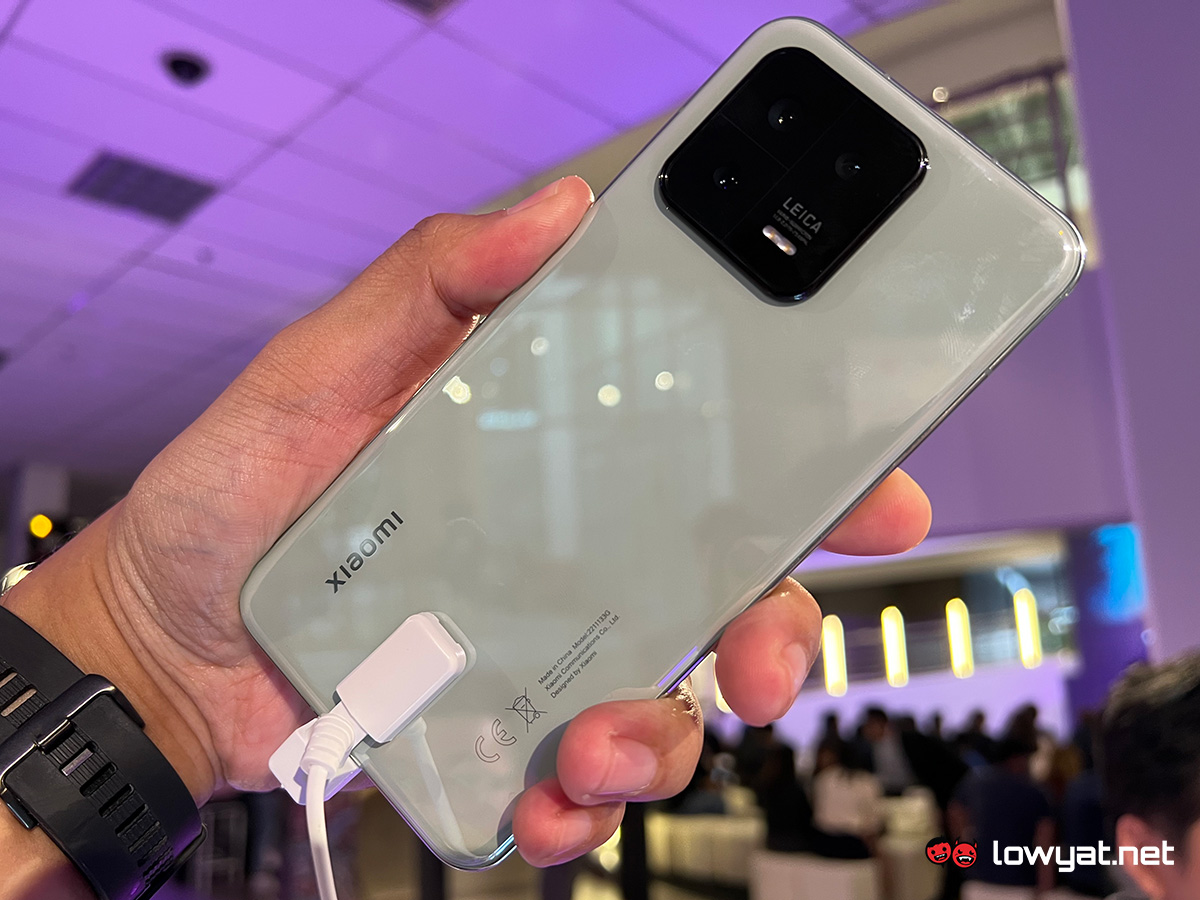
Apart from its slightly larger 6.36-inch display, stock Snapdragon 8 Gen 2 chipset and larger 4,500mAh battery, most of the specifications of the base Xiaomi 13 smartphone is pretty much on par with the Samsung Galaxy S23. It also comes with 12GB RAM and 256GB storage, while its battery supports 67W fast charging via USB-C.
For all things photography, housed within a square island on the phone’s back is a triple camera setup consisting of a 50MP primary, 10MP telephoto with 3.2x optical zoom and a 12MP ultra-wide, which somewhat mirrors the imaging system on its Samsung rival. Flipping the device over, found on the cutout on its display is a 32MP selfie camera.
The Xiaomi 13 is currently priced at RM 3,499 for the Malaysian market. Keep in mind that, unlike the Pro model, the standard variant is only offered in a single memory configuration.
Conclusion
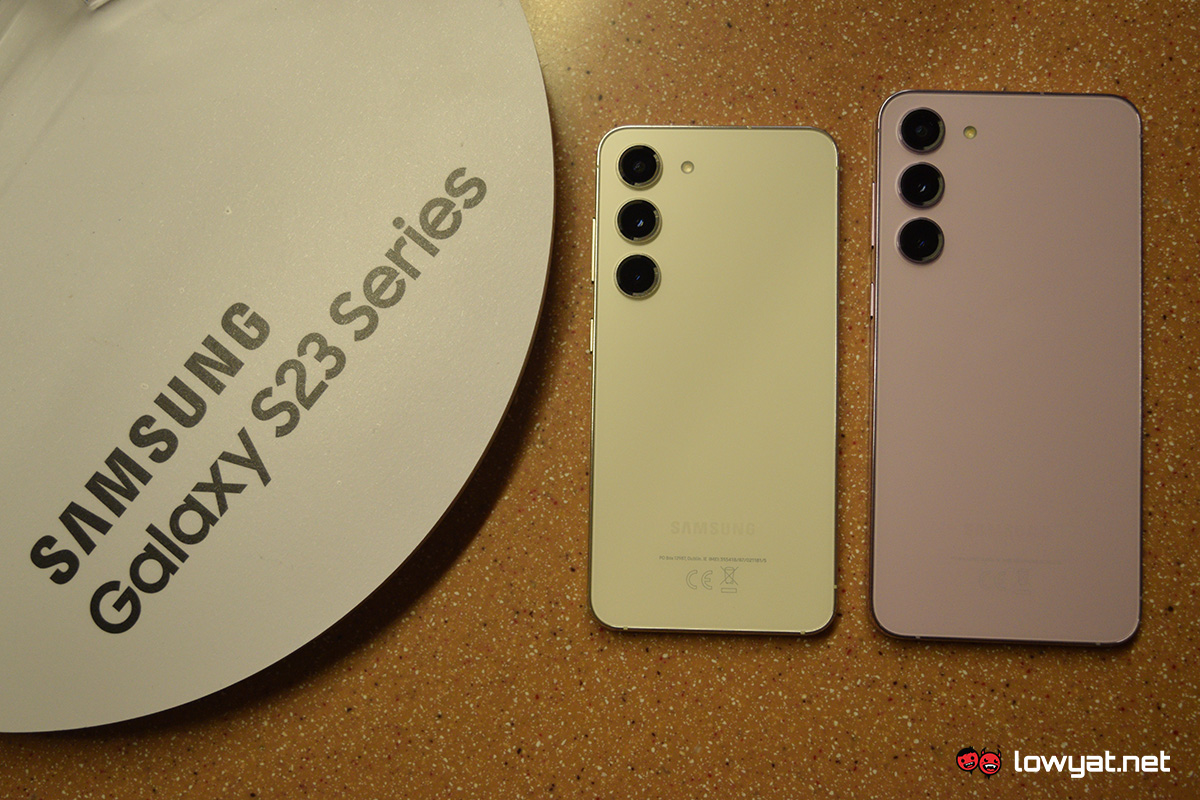
The vanilla Samsung Galaxy S23 model is the wallflower of the bunch; outshined by its siblings in both appearance and even features, especially when compared to the fancier Ultra variant. But in actuality, it is just as capable in performance and function, therefore still a full-fledged Galaxy S flagship through and through.
Indeed, RM 3,899 is quite a high starting price for a base model for Samsung’s current generation flagship series, and it goes even further up if you prefer a larger storage capacity. However, what you are getting indefinitely is the most powerful variation of the Snapdragon 8 Gen 2 chip so far, which is essential for heavy tasks and especially gaming. Not forgetting that the phone’s performance (at least in the processing department) is enough to last you for a couple of years without needing to constantly upgrade.
On that note, I would personally recommend the vanilla variant to those who are upgrading from a mid-range phone, or a device that’s a couple of generations older. But if you’re insistent on owning a Galaxy S23 series without taking a sizable chunk of cash from your savings, then look no further than this particular model. Alternatively, you can always wait for Samsung’s eventual price cut that occurs later in the year, or shortly after it releases the series’ successor in 2024.
Follow us on Instagram, Facebook, Twitter or Telegram for more updates and breaking news.


